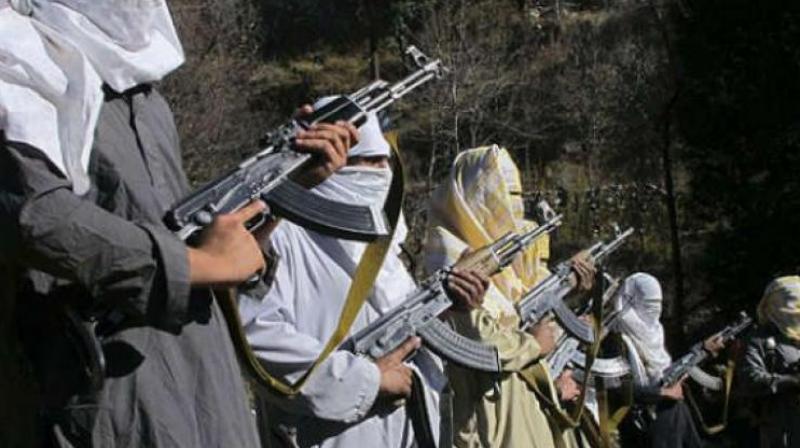Hyderabad twin bomb blasts: IM's roots traced to South Indian states
Type of attack against a soft target does not incur much risk and requires few resources. The

Hyderabad: Digging deep into the modus operandi of the deadly Indian Mujahideen, a terrorist group, the roots has always led investigators to mostly southern Indian metropolitan cities where they have taken shelter and trained themselves not only to make bombs but also to communicate with each other without being under the police radar. In the 2007 twin blasts of Hyderabad, they took training on the outskirts of Bangalore and also Mangalore from where the IM men outlined the blast.
The targets selected and the unexploded devices found provide an insight into the attackers’ intent and also serves as a gauge of their level of competence.
Explaining the process and ingredients behind the bomb making, the head of the CLUES team Hyderabad, Dr Venkanna said, “The type of charge used will define the type of explosives. The required materials will include an electrical detonator, a power source in the form of battery, a triggering mechanism, like a switch among other things. In the twin blasts of Hyderabad, the bombers used a cell phone to trigger the explosive, an improvised explosive device. One can also identify the group behind the blasts by observing the trigger mechanism.”
This type of attack against a soft target does not incur much risk and requires few resources. The selection of soft, vulnerable targets and the fact that at least half the IEDs deployed did not function as designed points to a low level of professionalism, an official who initially investigated the case said.
“However, it is significant that the cell obtained the explosives and components necessary for the devices, constructed them and deployed them without detection, which is not a small feat and indicates that the organisation practices an acceptable level of operational security” said the official.

